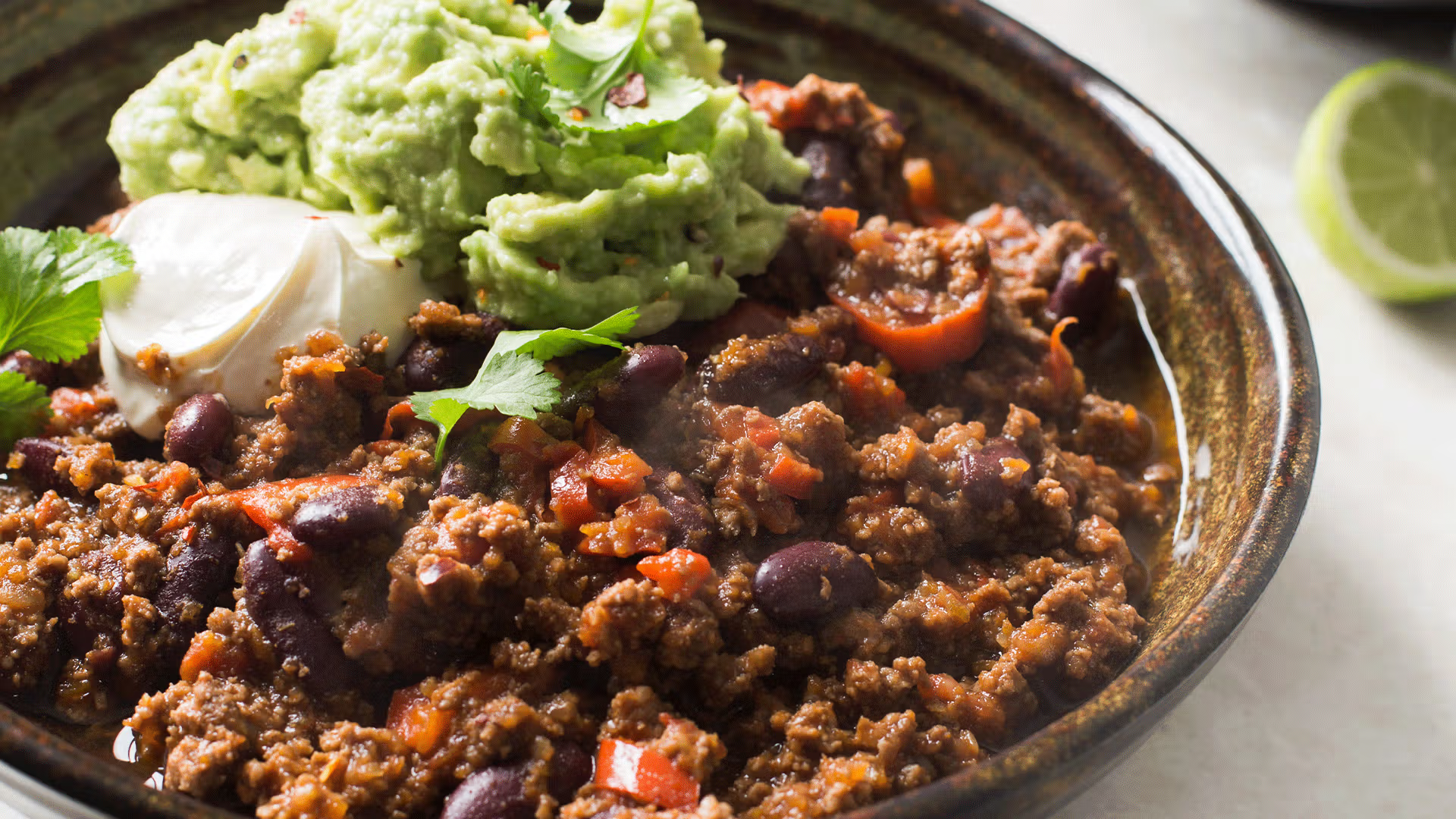Learn
Ingredients How to cook lamb cutletsHow to cook lamb cutlets

Lamb cutlets are incredibly tender and loaded with flavour. Perfect for entertaining, simple to prepare, and visually impressive - cutlets, crumbed or left as they are, make a delicious addition to any meal and are can be whipped up in minutes.
The cut
Derived from the loin and cut from the rack, the cutlet is made up of the eye of loin muscle, a rib bone and a cap of fat. During cooking, the cap helps the cutlet retain moisture and imports a rich flavour into the meat. Versatile and easy to cook, cutlets are tender and suit high-temperature cooking methods such as pan fry or barbecue.
How to cook
Best cooking methods – Pan-fry, BBQ
Trim most of the fat from the lamb cutlets. Rub lamb with a little oil and season well with sea salt and freshly ground black pepper. Place lamb cutlets into a hot frying pan and sit standing up on the rim of fat – you will need to use tongs to do this. Cook for a couple of minutes until the fat becomes golden and crispy, then lay flat in the pan. Cook for 3 minutes per side for meat that is just pink. Cook for a couple more minutes if you prefer your lamb more well done. Remove with tongs and leave to rest for 10 minutes before serving.
If using a barbecue, preheat the grill until it is piping hot. The meat should sizzle on contact. Let the cutlet cook on one side until moisture appears, then turn once using tongs after 3 minutes allowing the other side to cook for another 3 minutes judging on the thickness of the cutlet. Soft and springy will produce a medium-rare result, while firm and springy will produce medium, and firm for well done.

Nutritional information
Summary:
- Low Sodium
- Good source of Protein
- Good source of Vitamin B12 and Niacin (Vitamin B3)
- Source of Iron, Zinc, Potassium, Phosphorus, Pantothenic Acid (Vitamin B5), Riboflavin (Vitamin B2), and Vitamin B6
Nutrient Composition:
Rack, Forquartered, Frenched, Lewan, Fast-Roasted (per 100g)
- Energy: 725kJ
- Energy: 173kcal
- Protein: 24.4g
- Total Fat: 8.4g
- Saturated Fat: 3.27g
- Polyunsaturated Fat: 0.43g
- Omega 3: 0.16g
- Monounsaturated Fat: 2.40g
- Cholesterol: 72.1mg
- Sodium: 67mg
- Iron: 1.76mg
- Zinc: 2.56mg
- Vitamin B12: 1.39ug
- Vitamin D3: 0.14ug
- 25-OH Vitamin D3: 0.29ug
- Selenium: 4.4ug
Consider nutrition information of other ingredients added while cooking.
Source: New Zealand Food Composition Database 2019. New Zealand Food Composition Database Online Search. The New Zealand Institute for Plant & Food Research Limited and Ministry of Health. www.foodcomposition.co.nz/search/food/M1125/full-grouped

Posted by Beef + Lamb New Zealand








